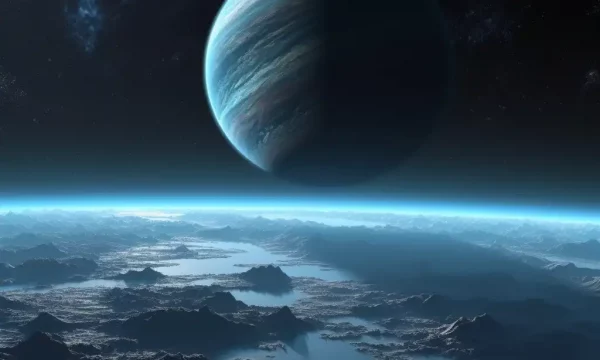
Lava Worlds, Ice Worlds, and More: 10 Of the Coolest and Weirdest Exoplanets
Last Updated: May 25, 2023
Ever wondered what life would be like on a planet around another star? You wouldn’t be alone. It’s an innate fascination when we stare at the night sky. I’m sure you can imagine some weird scenarios, but how weird are we talking about?
What exactly have we found in regard to alien worlds? Let’s check out 10 of the coolest exoplanets that have been discovered including lava worlds, ice worlds, and other weird phenomena.
Exoplanets are planets that orbit stars other than our sun and are also called “extrasolar planets”. There are over 5,300 confirmed exoplanets and over 9,400 that are awaiting confirmation as of April 2023. Since the first exoplanets were detected in the 1990s, astronomers have been scouring the night sky for exoplanets leading to a steady and exponential increase in the number of discovered exoplanets thanks to improvements in technology and methods of detection.
Some exoplanets are similar to Earth, including Kepler-452b which is often called Earth 2.0 or Earth’s cousin, and even possible water worlds like Kepler-22b. While many details that could be considered “Earth-like” are difficult, if not impossible, to confirm with current technology, we can still detect a variety of data points that help us determine what some of the characteristics of the planet might be like.
10 of the Coolest and Weirdest Exoplanets Discovered So Far
While we have found many that exhibit Earth-like qualities, we have found far more that would be inhospitable to Earthlings, that boggle the mind, that defy the current understanding of physics in the universe.
Let’s dive into 10 of those.
The Planet Slowly Being Eaten By Its Star: WASP-12b
This large hot gas giant, almost 2 times the size of Jupiter 600 lightyears away in Auriga, orbits its star every 1.1 days. It orbits so close that it’s 4,000F (2,210C), wobbling and distorting while the radiation has caused it to swell up, break it apart, and slowly strip away its atmosphere.
It is being stretched into an egg shape and slowly torn to shreds over the next 10 million years as material from the planet spirals into its star.
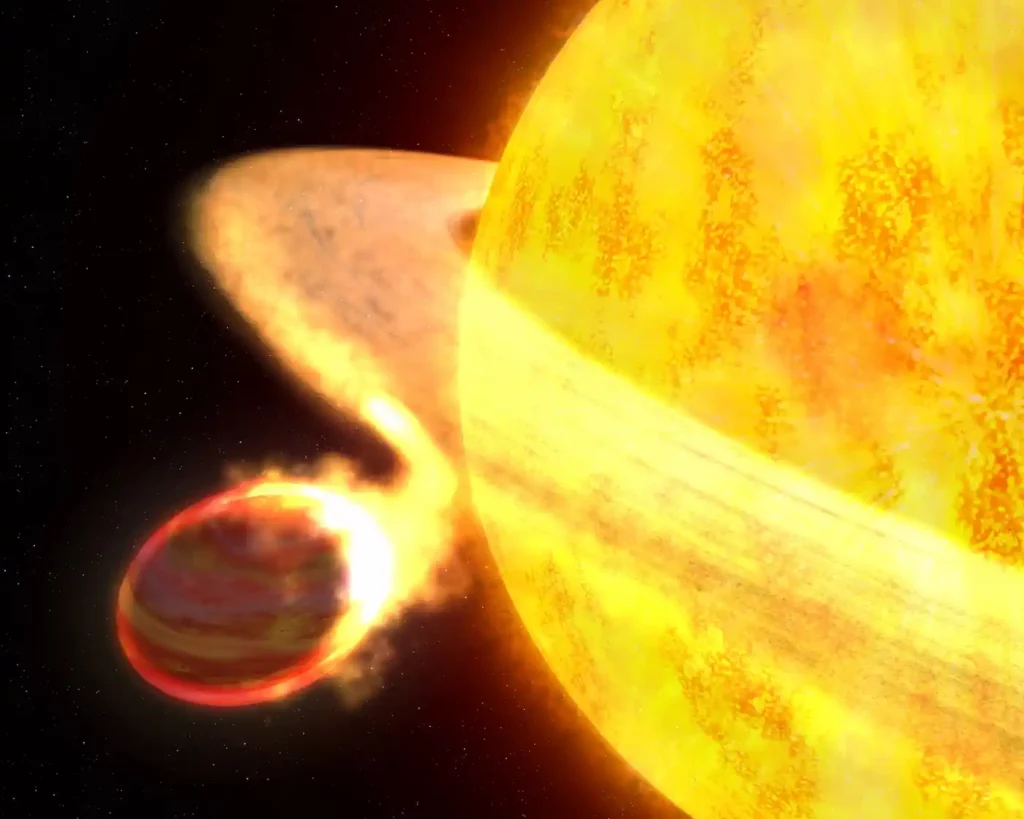
The Deceptively Deadly Planet: HD 189733b
Discovered in 2005, this exoplanet looks pretty, a deep-blue orb, but it is not as serene as it seems. Only 64 lightyears away, this hot gas giant slightly bigger than Jupiter (1.13 its mass) orbits its star in 2.2 days at 0.03 AU.
Its atmosphere is much bigger than expected, catching more of its star’s radiation, but also being stripped away.
The blue is actually silicate in its atmosphere, which when heated by the 1,700F (930C) temperature, forms glass, meaning that it rains molten glass.
In addition, its powerful winds that average about 5,400 mph (8,690 km/h) or 2 km per second cause the glass rains to arc sideways and pick up other silicate particles.
The Real-Life Mustafar: Kepler-10b
This lava world is often compared to Mustafar in the Star Wars franchise where Anakin Skywalker and Obi-Wan Kenobi battle in Episode III.
It orbits close to its Sun-like star, at a twentieth of Mercury’s orbit, completing its orbit in less than 24 hours, with temperatures averaging over 2,372F (1,300C).
Discovered in 2011 by Kepler, this exoplanet is tidally locked and also creates molten droplets of iron and silicates from the temperature differences between the two sides.
The surface is likely covered in lava much hotter than what we see here on Earth and the atmosphere is stripped away, meaning the droplets don’t fall to the surface, but are instead blown round and round by stellar winds.
The first rocky planet discovered by the Kepler telescope, Kepler-10b is a scorched, Earth-sized world that may have a lava ocean on its surface.
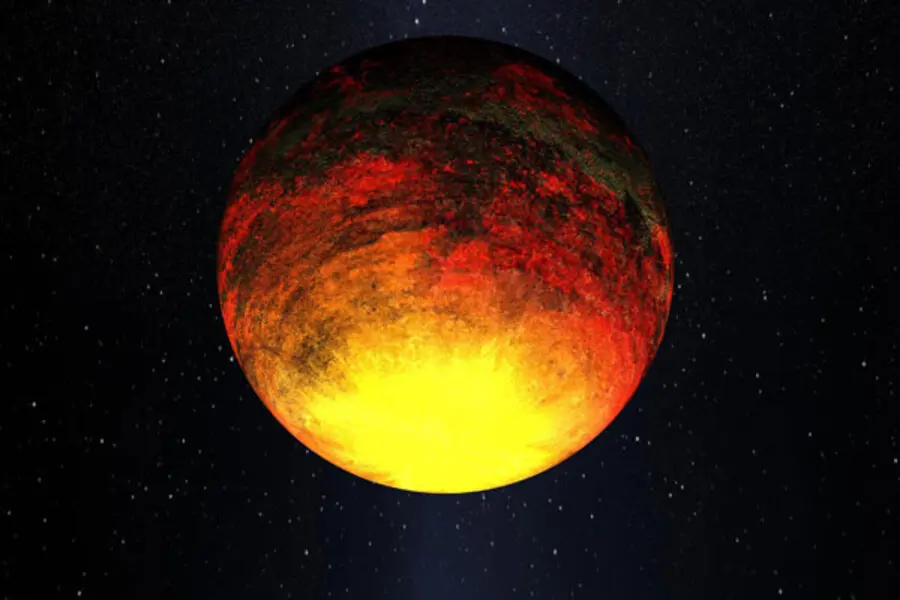
Tiny Rogue Planet: OGLE-2019-BLG-1928
A rogue planet is one that has broken free of its star to wander interstellar space likely due to gravitational or physical interactions with other planets. Astronomers believe there could be many such rogue planets in the Milky Way and other galaxies.
Since most methods of detection rely on detecting the exoplanet’s effects on its star, these rogues are nearly impossible to spot, and even more so if they are not gas giant/ supergiant planets.
Spotted in late 2020 using gravitational microlensing, the disturbance lasted just 41 minutes. Likely smaller than Earth, OGLE-2019-BLG-1928 is one of the lowest-mass objects found.
While it is not the first rogue planet discovered, it is the smallest with most others about the size of Jupiter. In fact, another rogue planet is OT44 550 lightyears away in the Chamaeleon constellation and 11 times more massive than Jupiter with a disc of dust, rock, and ice.
The Whiplash Planet: HR 5183b
While this planet was officially confirmed in 2019, it was the result of 20 years of observations from three telescopes.
At 3 times as massive as Jupiter, this exoplanet makes a very unusual, estimated 74-year eccentric orbit which meanders in the outer reaches of the system and then slingshots into the center, passing closer than Jupiter before swinging past Neptune in an analogy with our solar system.
The Volcanic Earth Creating a Second Atmosphere: Gilese 1132b
This exoplanet is similar to Earth in that its radius and mass are only slightly larger and is a similar age at about 4.5 billion years.
However, Gilese 1132b orbits much closer to its red dwarf star, completing an orbit in 1.6 of our days and creating a much higher temperature at 278F (137C). The intense radiation from the star is stripping its atmosphere away.
And yet, the gravitational effects of the close star create tidal waves that squeeze and stretch the planet, leading to violent volcanic activity and gases from below the surface to be expelled which are creating a second atmosphere. This is the first time we’ve observed something like this and it allows scientists to also study the chemical composition of its interior.
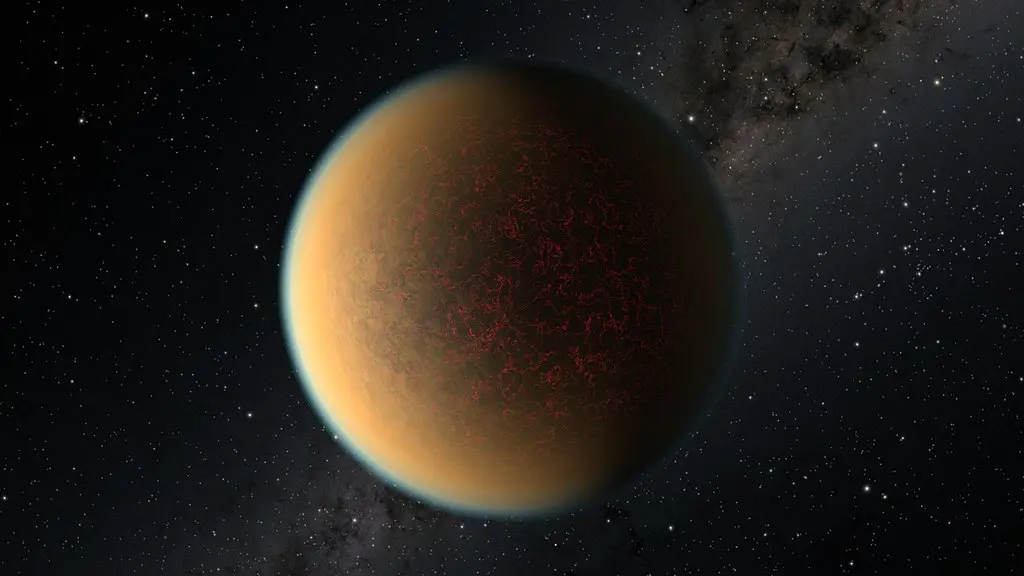
The Marshmallow Planet: TOI-3757b
Discovered in 2022, this gas giant is located 580 lightyears away in Auriga with a mass of 0.27 Jupiter takes only 3.4 days to orbit at 0.038 AU.
It is the lowest-density planet detected around a red dwarf, estimated to be the average density of a marshmallow.
It is similar to WASP-107b which was discovered in 2017. WASP-107b is Neptune-like, but about as big as Jupiter with only 1/10 Jupiter’s mass (30 times that of Earth) creating an extremely low density, likened to a marshmallow, dubbing it the “super-puff” or “cotton candy” planet.
The mass of the solid core is 4 Earths or less with about 85% of its mass in its gas atmosphere which defies the models of gas giants which requires a solid core of at least 10 Earth masses.
The Magenta Planet: GJ 504b
Discovered in 2013, GJ 504b is 4 times the mass of Jupiter and just bigger than it (1.16 the radius of Jupiter) and averages 460F (237C). It is one of the lowest-mass exoplanets ever detected around a sun-like star using direct imaging techniques.
The system is about 160 million years old, much younger than us which means that GJ 504b is still glowing from the heat of its formation with “a color reminiscent of a dark cherry blossom, a dull magenta”.
It also orbits at nearly nine times the distance of Jupiter at 43.5 AU, which challenges current theories of gas giant formation.
Its star is only slightly hotter than our Sun and is faintly visible to the naked eye in Virgo, lying 57 lightyears away.
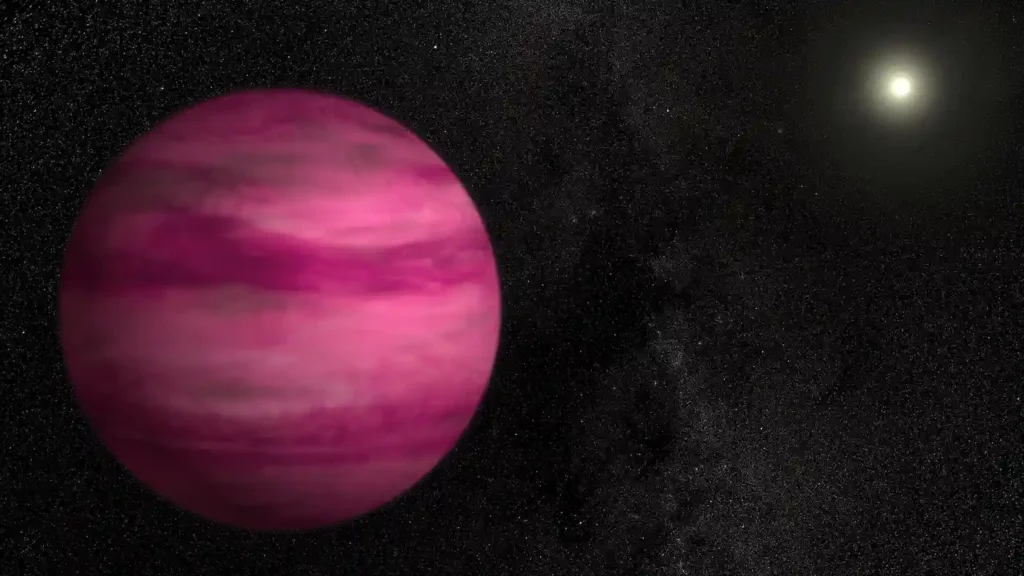
The Hoth-Like Ice Worlds: OGLE-2008-BLG-092LAb and 2017, OGLE-2016-BLG-1195Lb
There have been fewer exoplanets discovered that can be described as ice worlds than other types of planets, primarily due to the prevalent forms of exoplanet detection.
The transit method spots the dip in light from a star when a planet passes in front of it. Therefore, it is easier to detect bigger planets closer to the star as they will cover more area of the star and create a more noticeable dip in light. Being closer to the star means less ice since it will melt from the increased heat.
However, as our technology has improved, both in detecting fainter dips with the transit method and in developing other methods such as gravitational microlensing, we have discovered more ice worlds.
For instance, scientists discovered an ice giant identified as OGLE-2008-BLG-092LAb similar to Uranus and Neptune in 2014, based on its similar orbit distance from its star. In addition, in 2017, OGLE-2016-BLG-1195Lb was found to be covered in ice, at around minus-400 degrees Fahrenheit despite being similar to Earth in terms of mass and distance from its star because the star is much fainter than our won and produces much less heat.
Many among the scientific community and the media/ general public have taken to comparing these, especially the second, to the ice planet known as Hoth from the Star Wars franchise.
The Molecule Fission and Fusion Planet: KELT-9b
Orbiting so close to its sun that an orbit is less than a day and a half here on Earth, this ultra-hot Jupiter, even hotter than many stars at 4,300C, is so hot that it creates atomic iron and titanium in the atmosphere.
It is so hot that on the dayside, molecules of hydrogen gas are torn apart and then recombine when they flow to the eternal nightside for the process to start over again when these molecules move back to the dayside.
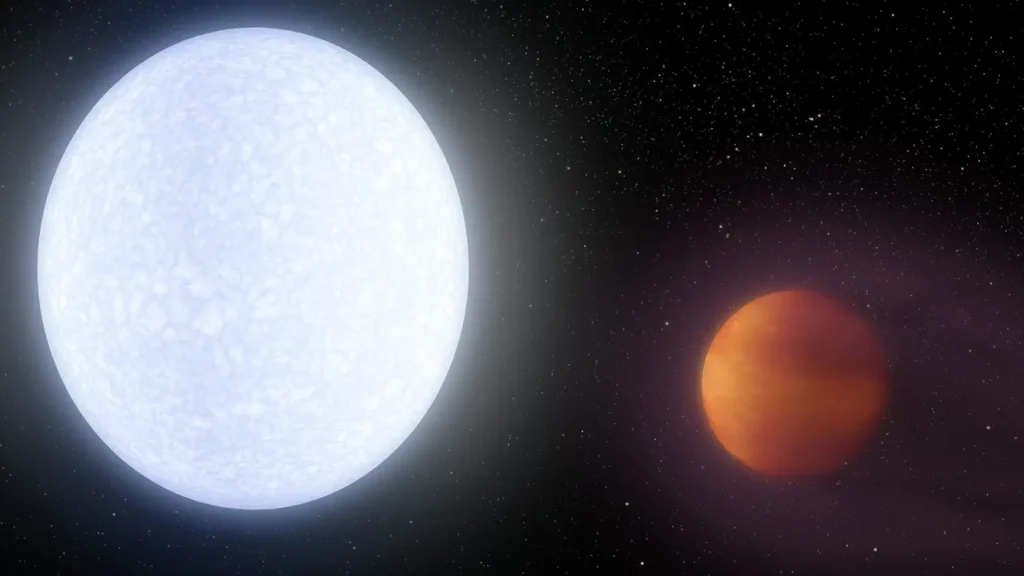
Exploring Further
The reality is that most of the over 5,000 confirmed exoplanets are weird, cool, and interesting in one way or another. PSR B1620-26b is the oldest exoplanet discovered so far at 12.7 billion years, almost as old as the universe itself. TrES-2b is the darkest exoplanet detected, reflecting less than 1% of its star’s light, making it less reflective than coal with a burning atmosphere, hot as lava. Each exoplanet offers answers, questions, and possibilities in its own right.
So if this write-up whet your whistle and you want to check out more, explore exoplanets to your heart’s content with the NASA Exoplanet Exploration suite of resources including:
- Exoplanet Travel Bureau: Take a guided tour, explore the surface, check out posters, and more with some of the most famous exoplanets.
- Galaxy of Horrors: a collection of some of the most terrifying locations in space with posters and interactive visualizations, created for Halloween
- Strange New Worlds: A collection of various strange exoplanets to explore
Eyes on Exoplanets: Explore the discovered exoplanets through an interactive visualization program; many of NASA’s resources utilize this program
Conclusion
Our planet and our solar system may seem familiar to us, but only developed the way they did because of processes specific to our formation. This means that other worlds and systems are very different depending on how they were formed. While we have found some worlds that share certain qualities with Earth or other planets in the solar system, there are many, many more that look and react far differently than ours.
Many of the worlds we have discovered are “hot Jupiters”, large gas giants that orbit close to their stars because of our current imaging techniques. Larger planets will have more of an impact on their stars both in terms of reducing their brightness for the transit methods and in gravitationally affecting them, causing wobbles.
Planets closer to their star will also typically have more of an effect, making them easier to detect, meaning both smaller planets and ones further away from their star will be harder to detect. However, newer technologies and detection methods such as gravitational microlensing and direct imaging are helping us continue to discover more and more unique planet types.
The more we discover, the more we learn about our own system and the possibilities of the universe, sparking our imagination and deepening our understanding.

Sarah Hoffschwelle is a freelance writer who covers a combination of topics including astronomy, general science and STEM, self-development, art, and societal commentary. In the past, Sarah worked in educational nonprofits providing free-choice learning experiences for audiences ages 2-99. As a lifelong space nerd, she loves sharing the universe with others through her words. She currently writes on Medium at https://medium.com/@sarah-marie and authors self-help and children’s books.
Wow! There's more to read 🚀
This page is part of our collection of astronomy articles. If you enjoyed the read, then you’ll love the following articles.
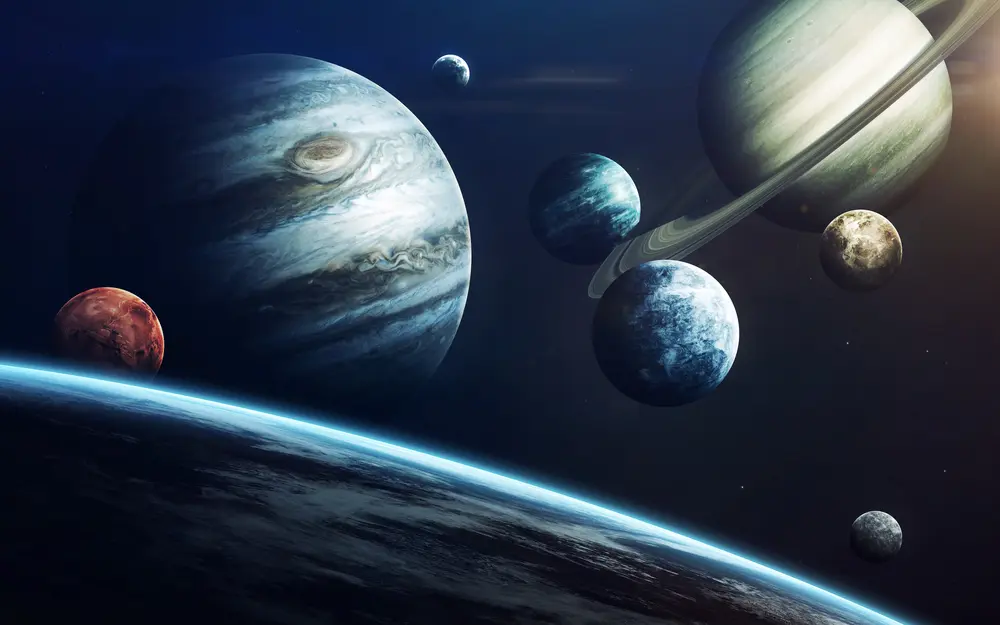
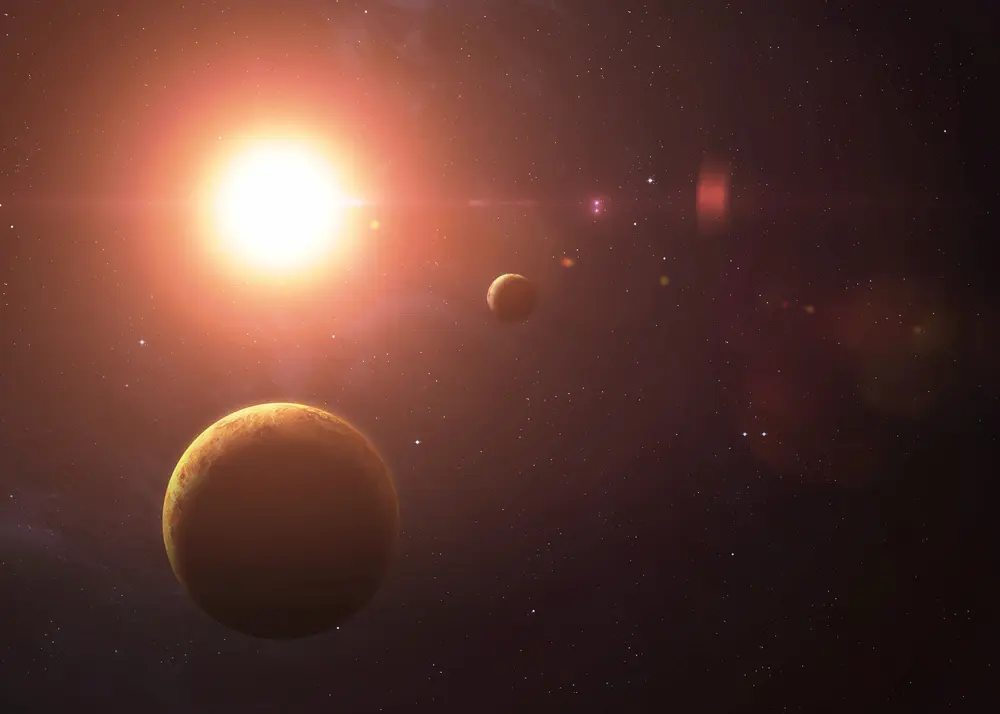
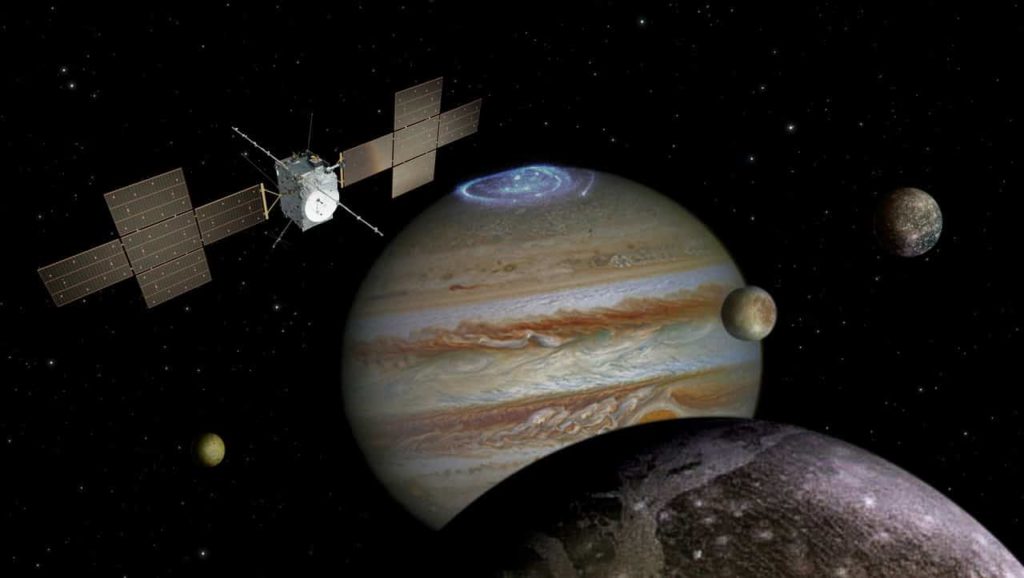
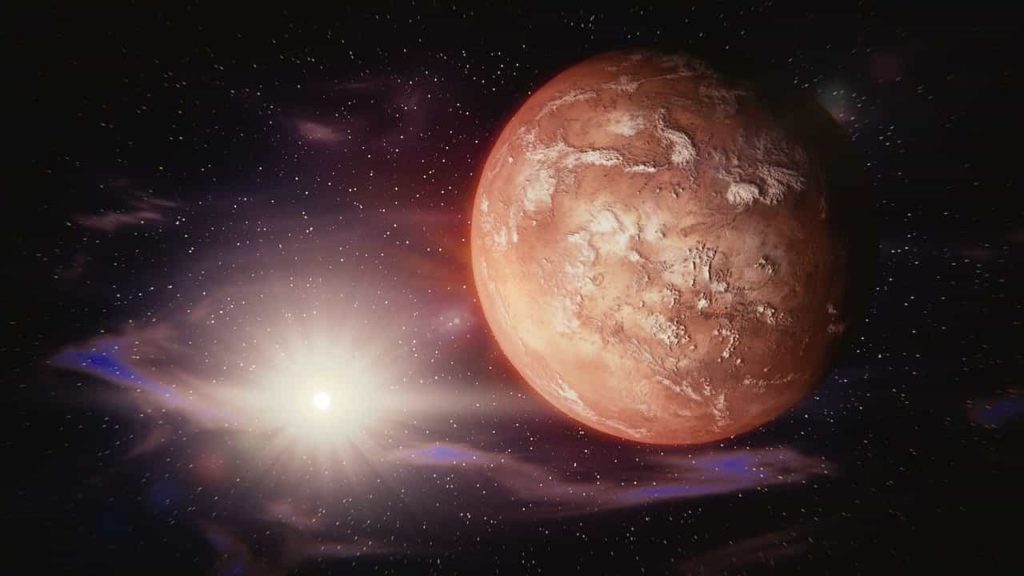
How can we tell the difference between stars and planets, and how can this help us to identify them in the night sky?
